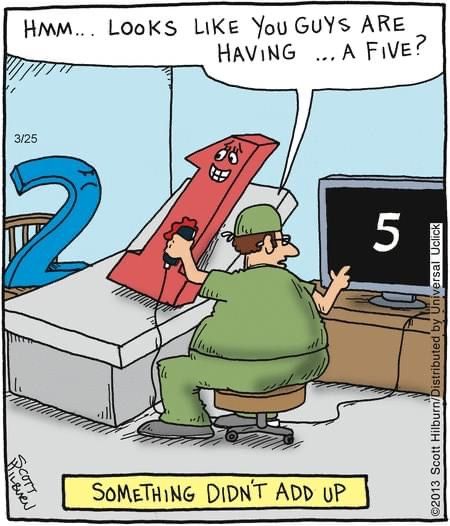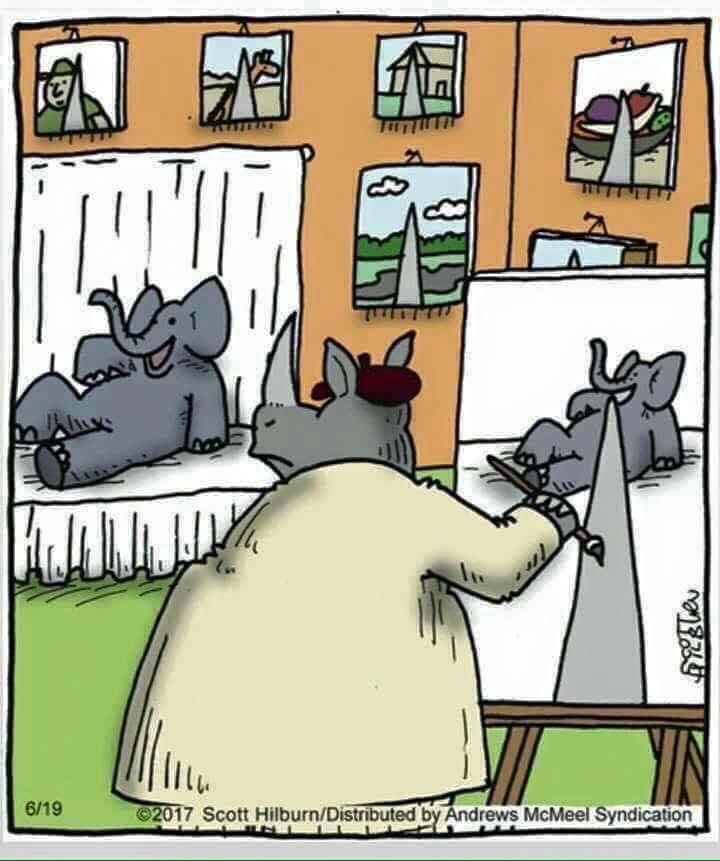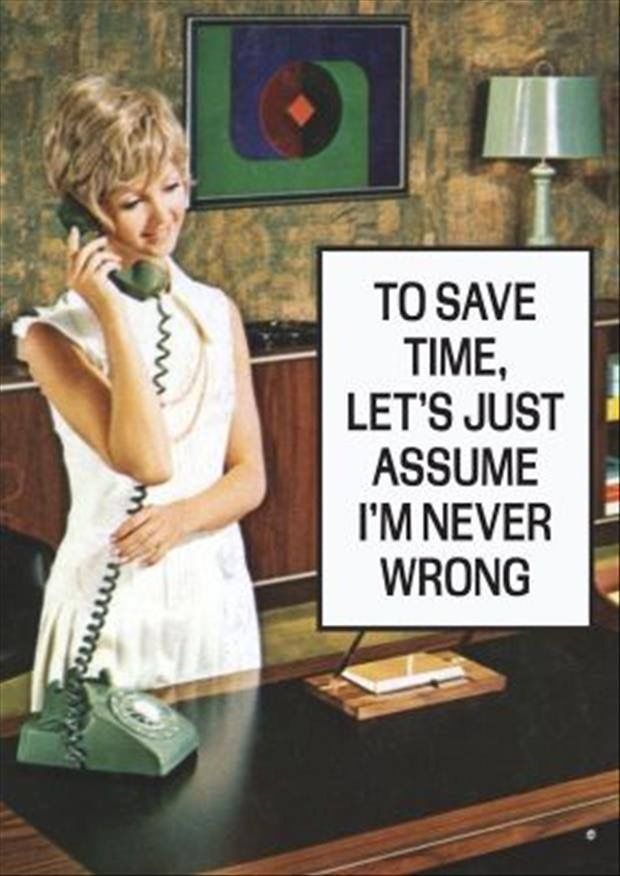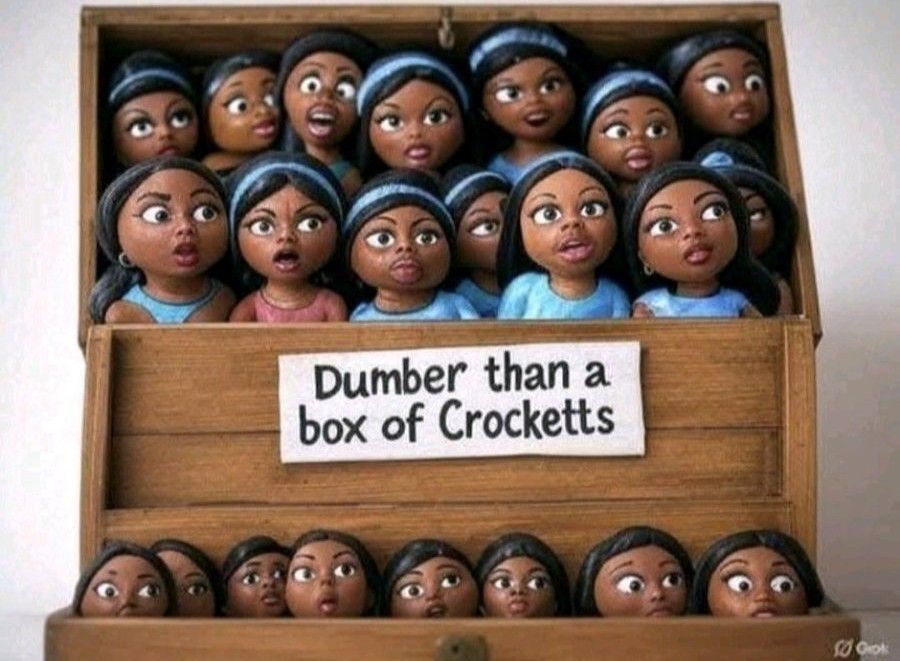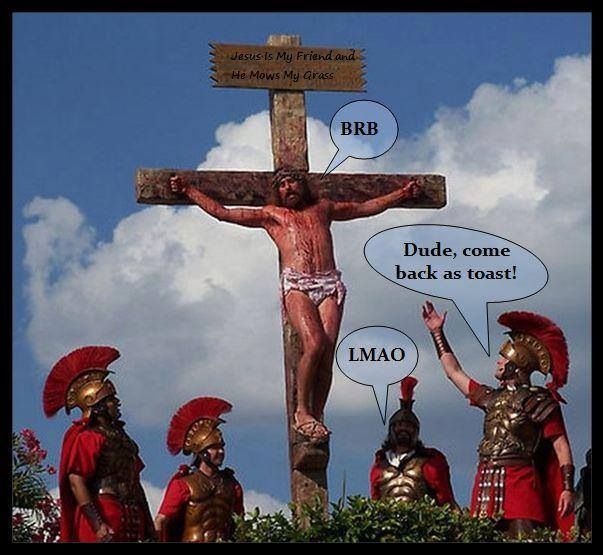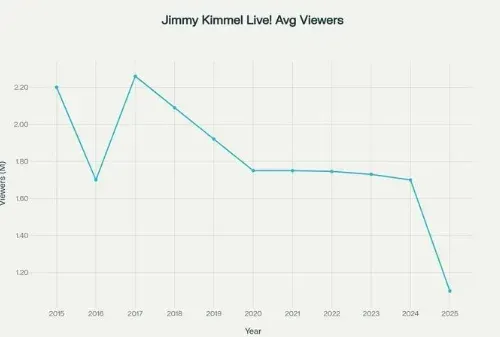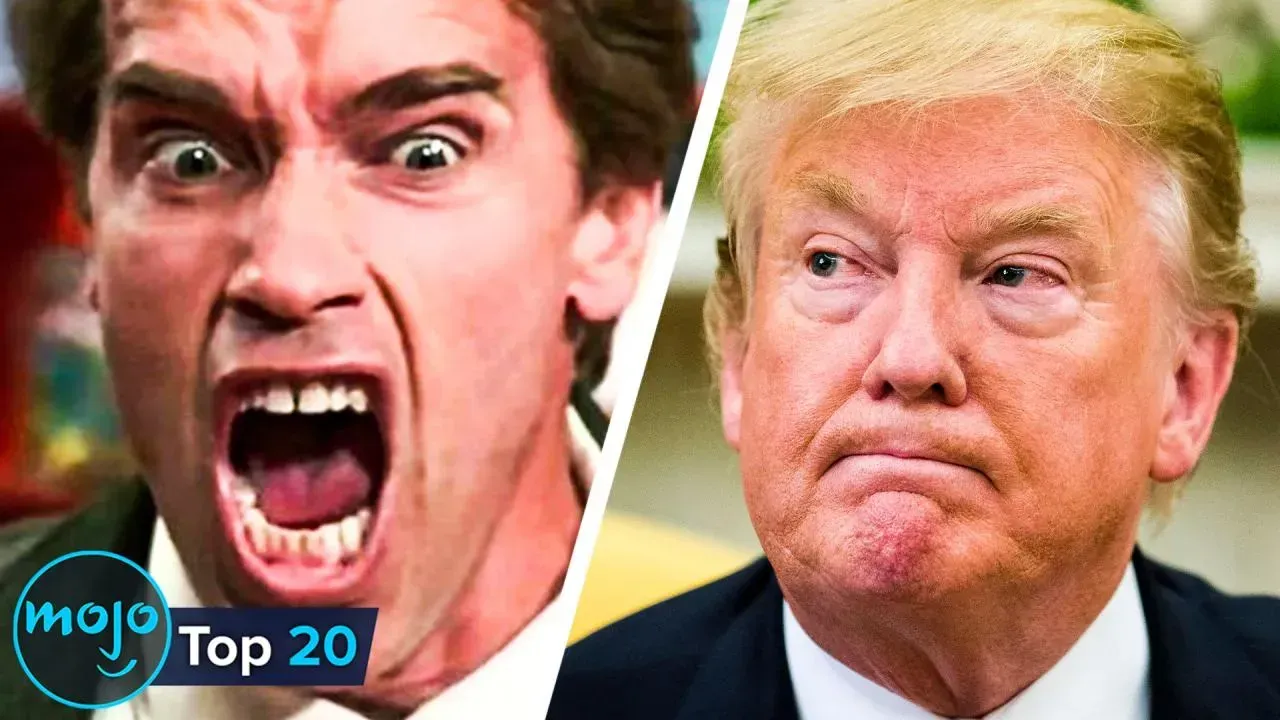Will the Supreme Court Finally Gut the Voting Rights Act - It’s About Time
Why This Archaic Law Has Become a Constitutional Relic
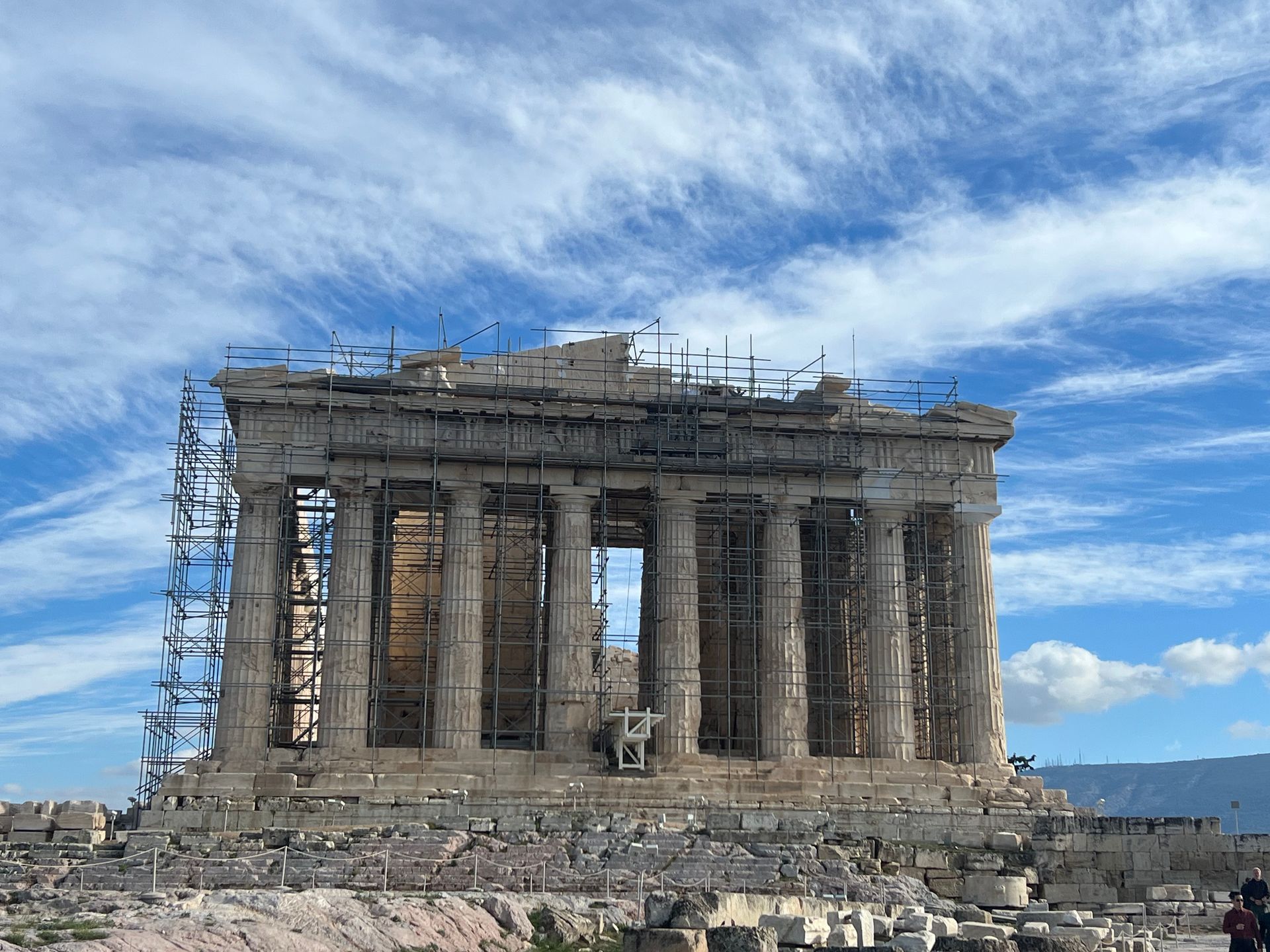
Introduction
For decades, the Voting Rights Act of 1965 (VRA) stood as a landmark of civil rights legislation. It was created to dismantle systemic racial discrimination in voting—poll taxes, literacy tests, intimidation, and outright exclusion of Black Americans from the ballot box. And it did its job. Too well, in fact.
Because what once addressed a clear injustice slowly morphed into a federal bludgeon, freezing states in 1965 and treating evolving democracies like they were stuck in Jim Crow. The Supreme Court is finally going to do what Congress refused to do for years: strip the law of its obsolete and unconstitutional overreach.
What the Court Got Right
The heart of the VRA was Section 5, which required certain states—mostly in the South—to get federal approval ("preclearance") before changing voting laws. That meant Washington bureaucrats could veto how Georgia set up its voting districts or how Texas handled voter ID, based on data from 1965.
The Court will most likely find this outdated. In Shelby County v. Holder (2013), the Court invalidated the coverage formula in Section 4(b), which determined which states were subject to preclearance. Without that formula, Section 5 became dormant.
And now, with Allen v. Milligan and subsequent rulings, the Court has continued to affirm a simple truth: the Constitution does not allow perpetual federal supervision of states based on a 60-year-old snapshot.
The Myth of Suppression
Let’s put this to rest: the idea that we’re living in some vast voter suppression dystopia is a manufactured narrative.
- Minority voter turnout has increased, not decreased, in states formerly under VRA supervision.
- Black voter registration in states like Mississippi and Alabama now exceeds white voter registration.
- The worst modern barriers to voting aren't about race—they're about bureaucracy, incompetence, or partisan manipulation, and they affect everyone.
Yet the activist class pretends the South never changed, insisting on eternal punishment for sins long atoned for. They use the VRA not to protect voting rights, but to manipulate outcomes—redrawing districts, gaming demographics, and crying “racism” any time a conservative policy appears.
Equal Protection Means Equal Rules
The Constitution guarantees equal protection under the law, not special treatment for favored groups. Laws should apply the same way in Massachusetts as they do in Texas. But the VRA’s framework made that impossible.
Imagine if you were punished indefinitely for something your grandparents did. That’s exactly how the VRA operated—penalizing states based on histories they’ve long moved past, while ignoring more relevant, modern issues affecting voters across the nation.
That’s not justice. That’s ideological vengeance.
Why This Matters
- Federalism Restored
The Court’s ruling reasserts the rights of states to govern their own election systems—something the Constitution explicitly assigns to them. - End of Racial Gerrymandering Excuses
For too long, the VRA has been used as a legal shield to justify gerrymandering in favor of Democrats, under the guise of minority protection. That shield is crumbling. - No More Perpetual Guilt
America must stop holding some states hostage to a version of history that no longer reflects their present reality. This is not 1965. - Real Civil Rights Move Forward
Ending the misuse of the VRA doesn’t mean voting rights disappear—it means all Americans are treated equally under the law. Not permanently divided into victim and oppressor based on zip code and skin color.
The Left’s Meltdown Is Predictable
Of course, the usual suspects are screaming that democracy is dying, that Jim Crow has returned, that the sky is falling. Spare us the hysteria.
What they’re really mourning is the loss of a political weapon. The VRA in its later years wasn’t about protecting rights—it was about entrenching power, creating “majority-minority” districts that guaranteed wins, and accusing anyone who objected of racism.
The Supreme Court will not kill democracy. It simply reminded us what democracy actually means: equal rules for everyone, no exceptions.
References
- Shelby County v. Holder, 570 U.S. 529 (2013)
- Allen v. Milligan, 599 U.S. ___ (2023)
- U.S. Census Bureau data on voter registration and turnout
- Department of Justice Voting Rights Reports (historical trends)
Disclaimer:
The views expressed in this post are opinions of the author for educational and commentary purposes only. They are not statements of fact about any individual or organization, and should not be construed as legal, medical, or financial advice. References to public figures and institutions are based on publicly available sources cited in the article. Any resemblance beyond these references is coincidental.


